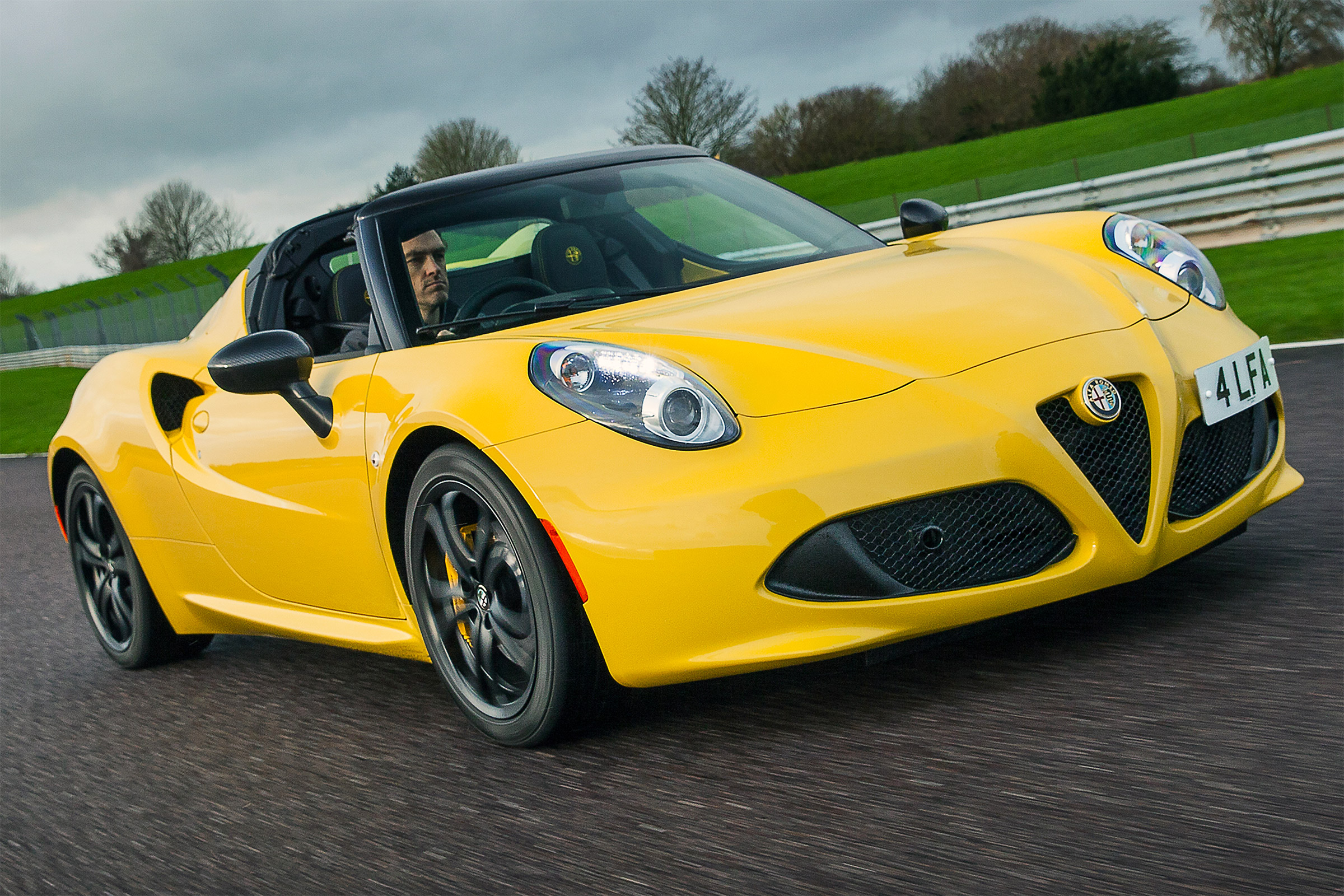
The Birth of Alfa RomeoĮven as World War I slowly drew to a close in 1918, investors recognized that automotive production would once more become a centerpiece of commerce.
#Alpha romeo portable#
Romeo, a successful electrical engineer from Naples, Italy, purchased A.L.F.A (along with several other companies) and began production of airplane engines and portable compressors.ĭespite this dramatic shift in manufacturing, Nicola Romeo was also a crafty businessman and recognized that the A.L.F.A company would return to automotive production at the close of the war, and therefore did not discard or re-purpose the remnant components of the earlier 20-30HP cars. Company was sold to Neapolitan entrepreneur Nicola Romeo. In August, 1915, unable to fund the conversion of its plant from automobile production to military manufacturing, the A.L.F.A. almost completely discarded the A.L.F.A 20-30 HP, leaving frames and parts for nearly one hundred 20-30 HP cars. was forced to turn its manufacturing prowess to wartime production. With the outbreak of World War One in 1914, the international demand for motor cars declined sharply. The four cylinder 4.5-liter engine helped the Grand Prix achieve a top speed of 87 mph. Known as the Alfa Grand Prix, it was the first automobile to feature a twin speak ignition. Dubbed the 40-60 HP, the car featured a 6082cc straight-four cylinder engine with overhead valves. was increasingly anxious to establish a reputation as a competitor in international racing, the company assigned Merosi the task of designing an even more powerful variant of the 20-30 HP. The engine produced 49 bhp (brake horsepower (37kW) at 2,400 rpm, and was capable of a top speed of 71 mph (115 km/h).Īs A.L.F.A. 20-30 HP featured an in-block camshaft that used a chain (instead of a gear as on the earlier 24 HP). had updated the design and transformed the 24 HP in the A.L.F.A. The Alfa 20-30 HP / 40-60 HPĭespite its challenges on the race track, the 24 HP remained commercially successful and would continue to be developed for nearly a decade.
#Alpha romeo drivers#
Both drivers retired after completing two laps and stated that they withdrew from the event due to exhaustion. Unfortunately, neither car completed the three-lap, 277 mile (446 kilometer) race. They hired drivers Nino Franchini and Ronzoni and competed in the 1911 Targa Florio with two 24-HP automobiles. as a potential contender on the motor racing circuit.

The 24, quick and nimble for its time, was quickly identified by A.L.F.A. The car, which was designed by Merosi, was manufactured at A.L.F.A.’s new production line at Portello in Milan, Italy. The model’s name came from its tax horsepower rating, and became a naming convention commonly used to designate different vehicles that were produced in that era. The car featured a single drive shaft design and was capable of a top speed of 62 miles per hour. 24 HP was a 4.1-litre four-cylinder passenger car. produced its first non-Darracq car, the 1910 24 HP. On June 24, 1910, in cooperation with SAID, a new company was founded and named A.L.F.A., which stood for Anonima Lombarda Fabbrica Automobili (Lombard Automobile Factory, Public Company). Recognizing his talent and appreciation for design, the Societa Anonima Italiana Darracq hired Giuseppe Merosi to begin developing new automotive designs for their company.Īlfa’s First Merosi-Designed Vehicle, the 24HP Before long however, Merosi had shifted his talents from bicycles to cars, and it wasn’t long before he was designing cars and motorcycles. Giuseppi Merosi was an ambitious young man who had started his career selling bicycles. It wasn’t long before they discovered Giuseppe Merosi. To accomplish this task, the board of investors behind SAID looked to the talents of their home country – Italy – in an effort to find an automotive designer who might better encapsulate the spirit of the automobile they hoped to design. They believed that the Darracq cars needed to be replaced with something more appealing. Moreover, the Italian investors that helped found Società Anonima Italiana Darracq had since become partners in the company. Moreover, the company was founded to develop automobiles that would be marketed throughout Italy.īy late 1909, it was determined that SAID’s Italian Darracq cars were not selling as expected.

While initially a French company on paper, the company was heavily backed by Italian investors.

Alfa Romeo was originally founded as the Società Anonima Italiana Darracq (SAID) in 1906 by the French automobile firm of Alexandre Darracq. The origins of the Alfa Romeo automobile manufacturer go back to the beginning of the previous century.


 0 kommentar(er)
0 kommentar(er)
